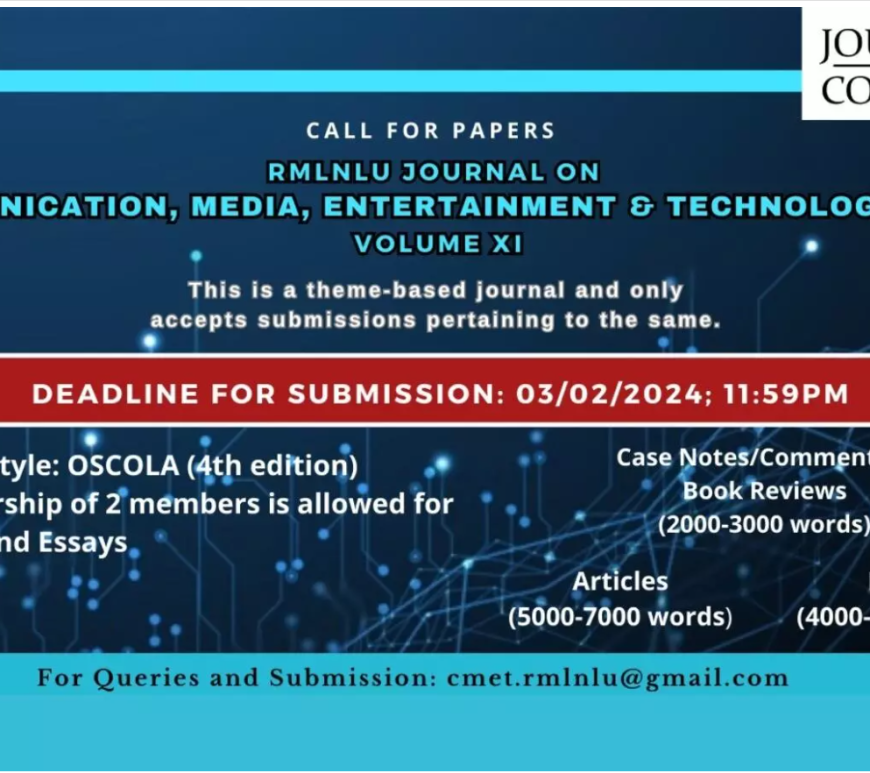Analysing the Law around Constitution of Common ICs: A Practical Approach
In this article the author delves into the existing provisions that have been stated under The Sexual Harassment of Women at Workplace (Prevention, Prohibition and Redressal) Act, 2013 (“POSH ACT”) and primarily emphasizes on the law around constitution of separate Internal Committees (ICs) for multiple branches of an organisation set up in different locations. The author tries to highlight the drawbacks that emerge alongwith the attempts to bring the Act into a proper effect with such an ambiguous provision and suggests various amendments that could be incorporated into the Act around the constitution of ICs while also pointing out and citing examples on how the Judiciary has relatively showed its leniency and permitted the constitution of common ICs in some prior cases. The author seeks to make the suggested amendments as practical as possible to ensure the effective implementation of the POSH Act. Continue reading Analysing the Law around Constitution of Common ICs: A Practical Approach

